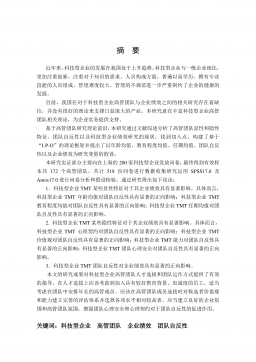高频感应热等离子体环境下溶液液滴及中空壳状颗粒的蒸发机理研究
摘要对于溶液注入热等离子体喷涂(SolutionPrecursorPlasmaSpray,SPPS)进行改进,利用高频感应热等离子炬来替代直流热等离子炬,将溶有涂层材料的前驱体溶液替代材料粉末,且以喷雾液滴的形式,由内气携带,轴向地射入热等离子体环境。溶液液滴在热等离子体中运动吸热,使得液滴温度升高,溶剂蒸发。随着液滴溶质浓度的增大,到达临界过饱和浓度时,溶质析出,形成实心固体或中空壳状等各种不同形态的颗粒。而中空壳状颗粒包裹溶液继续在热等离子体环境中运动,环境热量通过固体壳层传递入颗粒内部,颗粒内部溶液受热蒸发,产生蒸汽使得内部压力增大,导致颗粒破裂,影响最终到达基板时的形态。因此溶液液滴的...
相关推荐
-
10KV电网D-SCADA 系统信息采集与故障诊断研究与设计VIP免费

 2024-10-14 27
2024-10-14 27 -
方形吸顶散流器平送风等温射流特性研究VIP免费
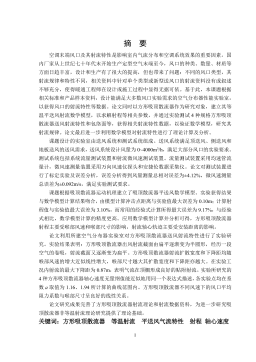
 2025-01-09 7
2025-01-09 7 -
关于充液声导波传感器中频散兰姆波的研究VIP免费
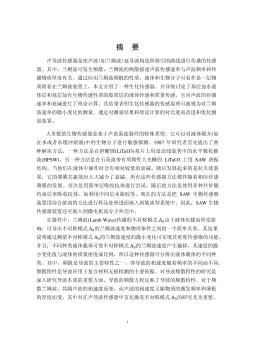
 2025-01-09 10
2025-01-09 10 -
结合梁斜拉桥施工过程中考虑剪力滞影响的分析方法VIP免费

 2025-01-09 6
2025-01-09 6 -
空调房间热舒适性的数值模拟与实验研究VIP免费

 2025-01-09 7
2025-01-09 7 -
汽车前轮线控转向系统研究VIP免费

 2025-01-09 8
2025-01-09 8 -
输入分配型混合动力车辆动力系统控制策略研究VIP免费
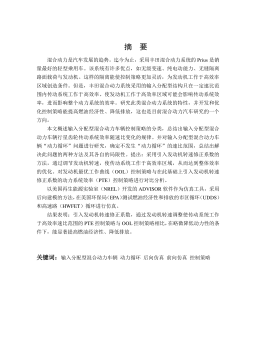
 2025-01-09 7
2025-01-09 7 -
双馈风力发电系统的柔性并网控制研VIP免费
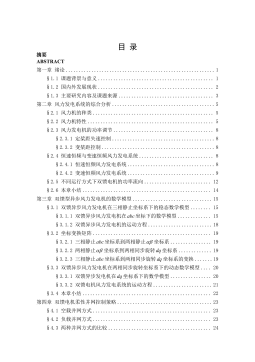
 2025-01-09 11
2025-01-09 11 -
污水处理厂污泥好氧堆肥发酵技术的试验研究VIP免费
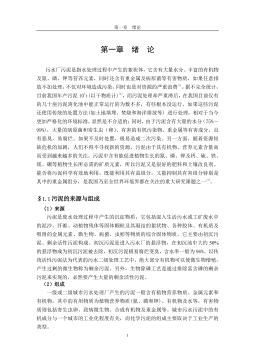
 2025-01-09 7
2025-01-09 7 -
应用风室试验装置的风机性能VIP免费
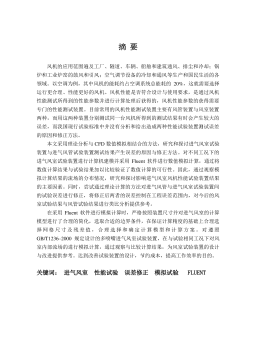
 2025-01-09 8
2025-01-09 8
作者详情
相关内容
-

汽车前轮线控转向系统研究
分类:高等教育资料
时间:2025-01-09
标签:无
格式:PDF
价格:15 积分
-

输入分配型混合动力车辆动力系统控制策略研究
分类:高等教育资料
时间:2025-01-09
标签:无
格式:PDF
价格:15 积分
-

双馈风力发电系统的柔性并网控制研
分类:高等教育资料
时间:2025-01-09
标签:无
格式:PDF
价格:15 积分
-

污水处理厂污泥好氧堆肥发酵技术的试验研究
分类:高等教育资料
时间:2025-01-09
标签:无
格式:PDF
价格:15 积分
-

应用风室试验装置的风机性能
分类:高等教育资料
时间:2025-01-09
标签:无
格式:PDF
价格:15 积分


